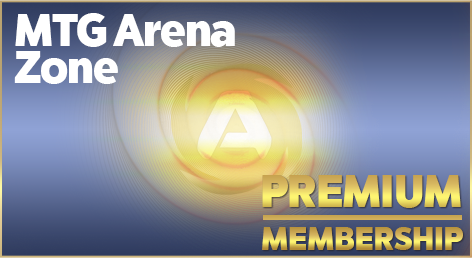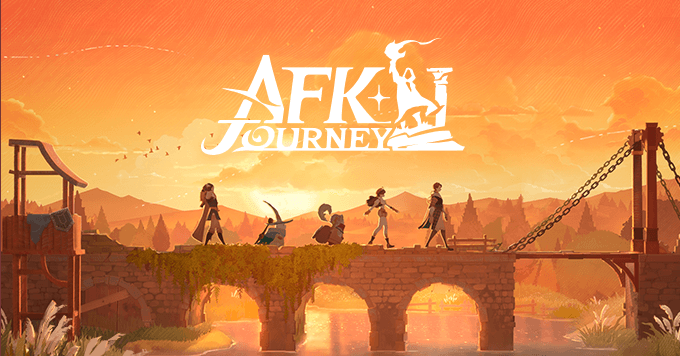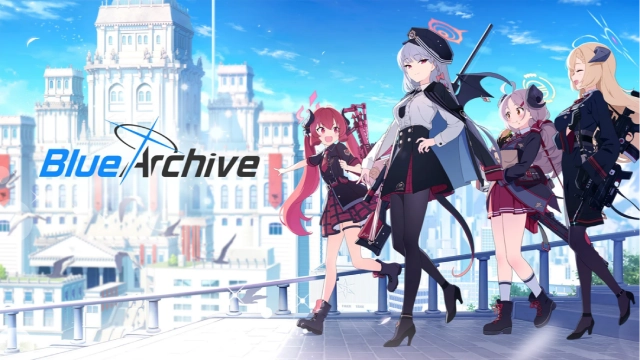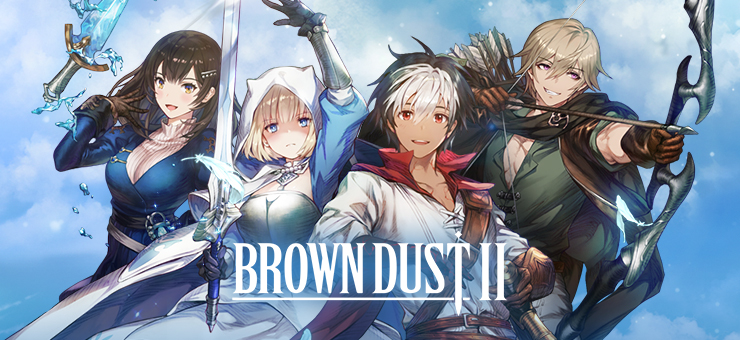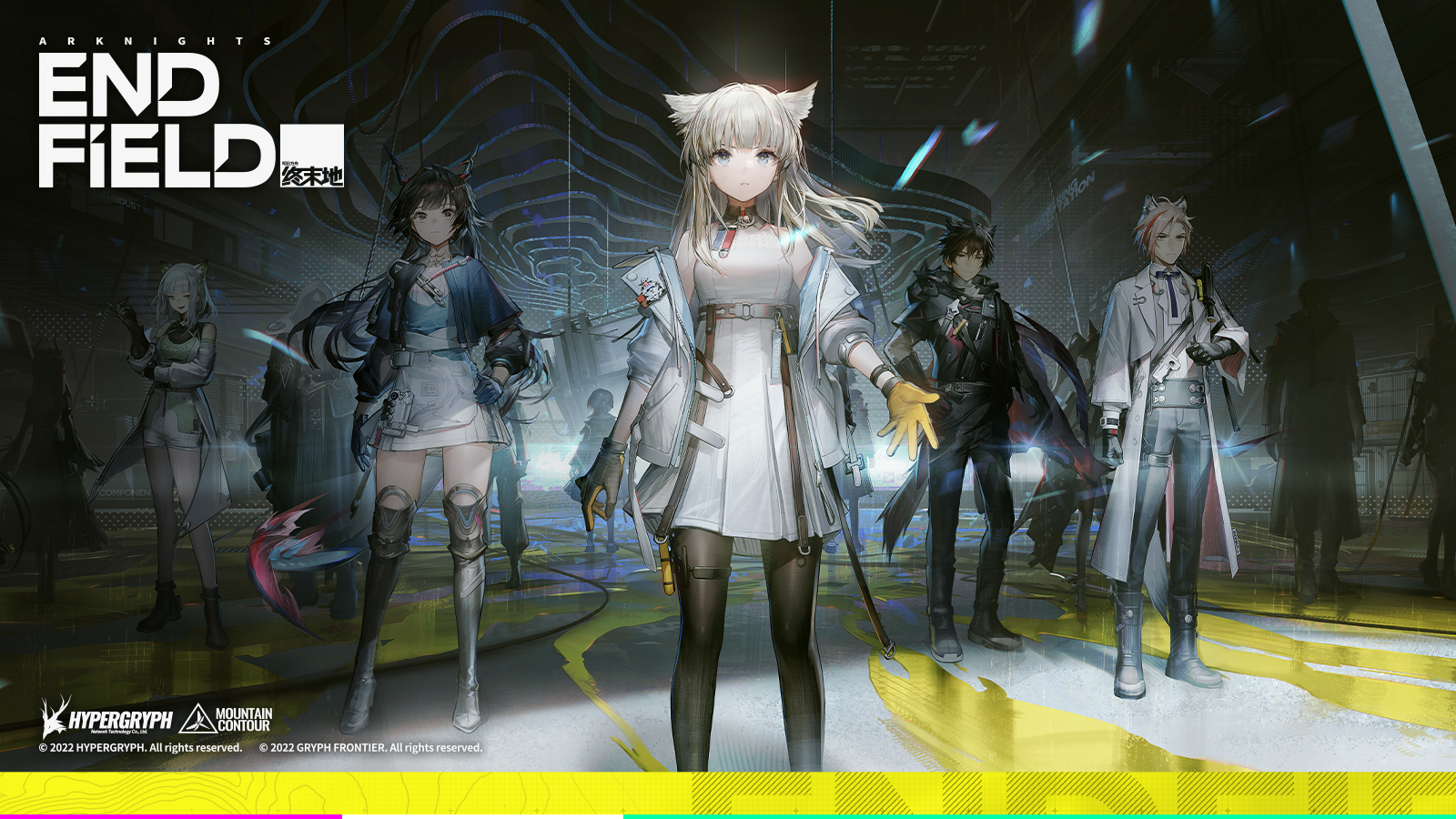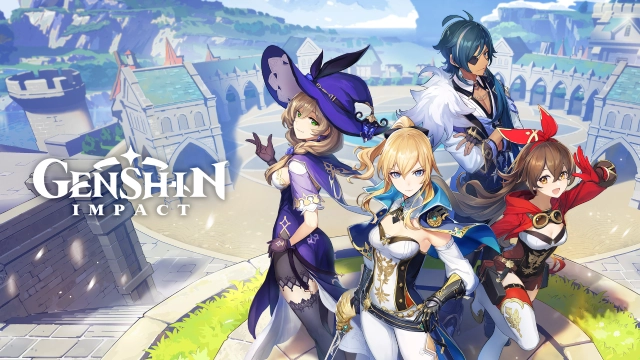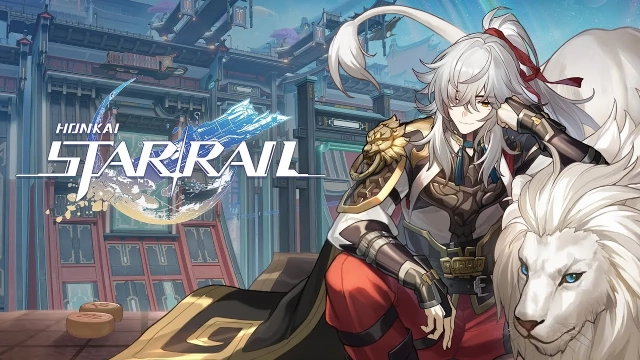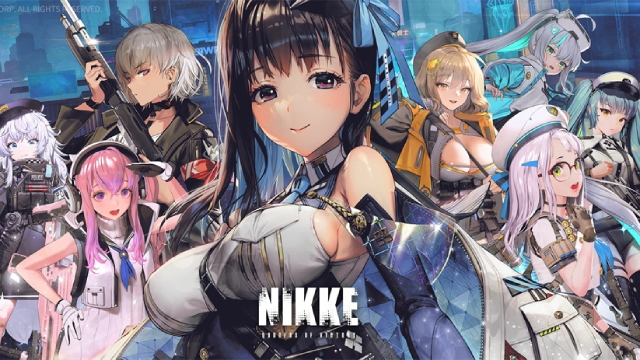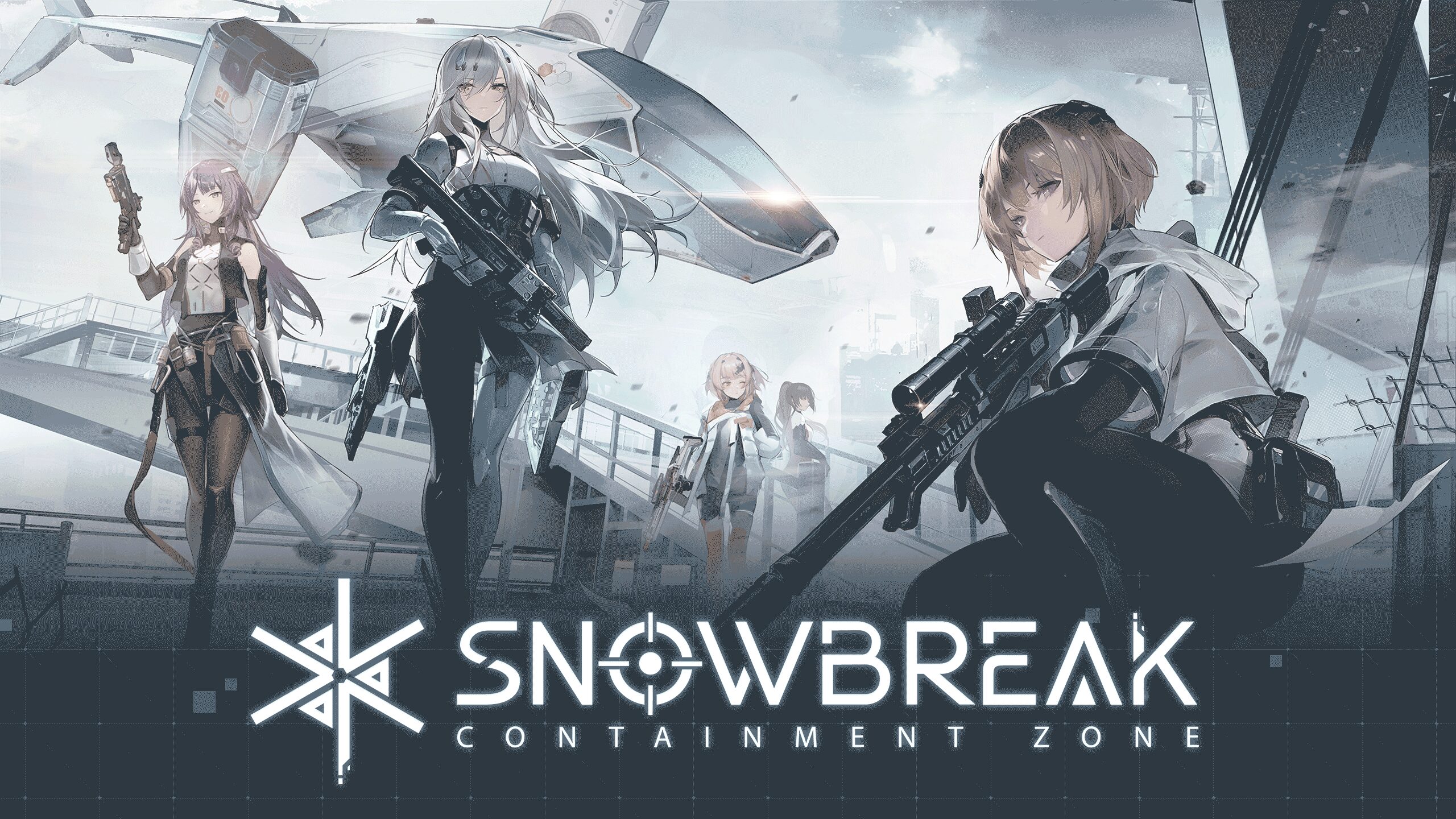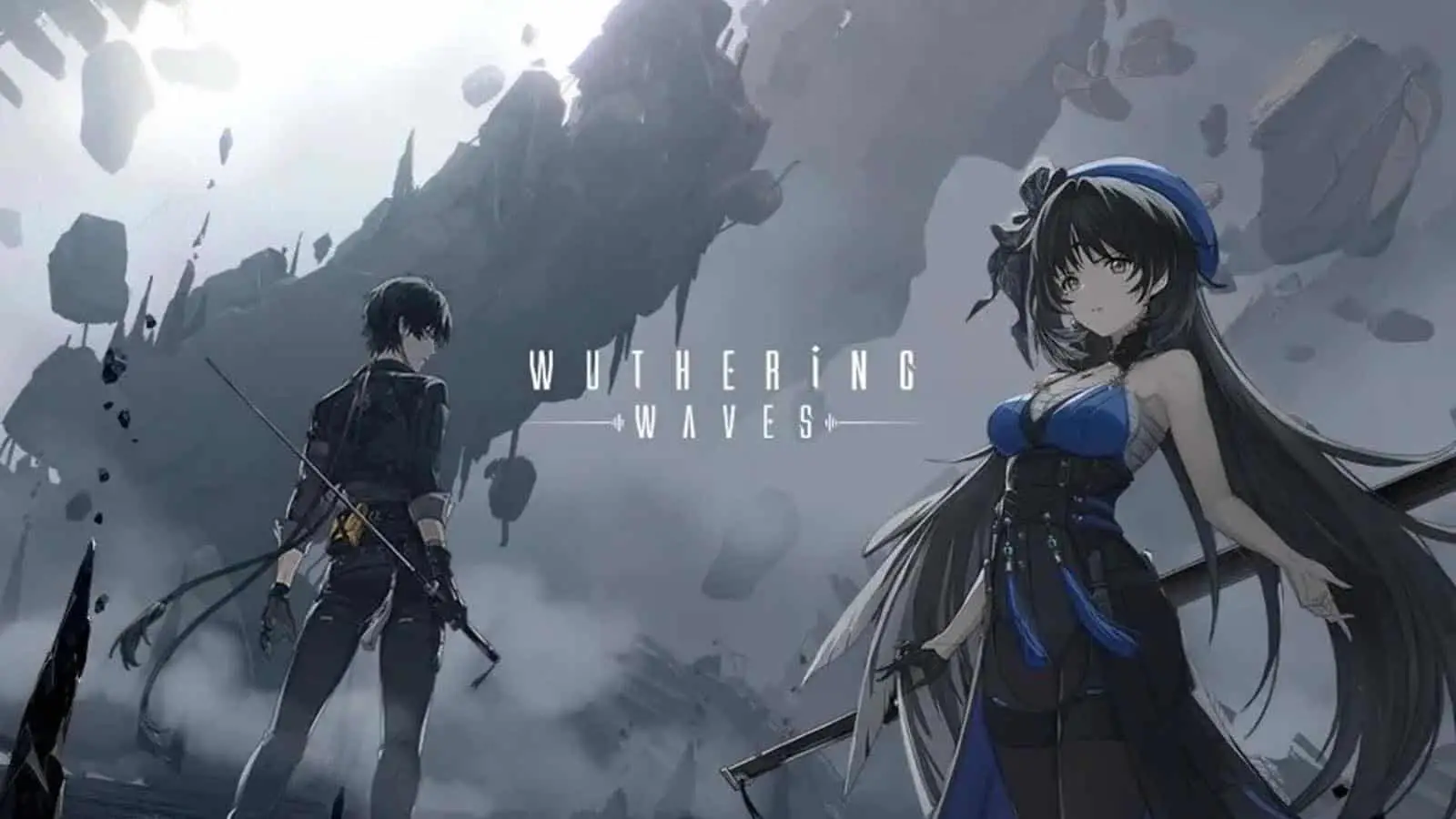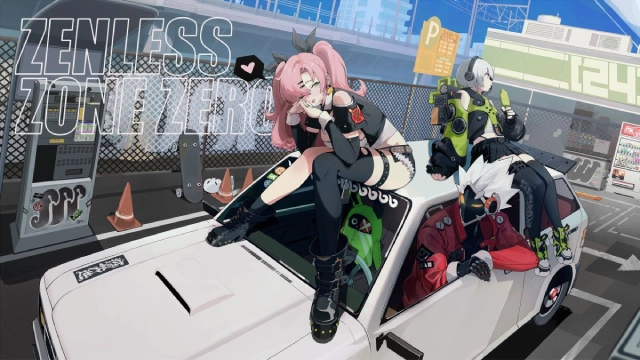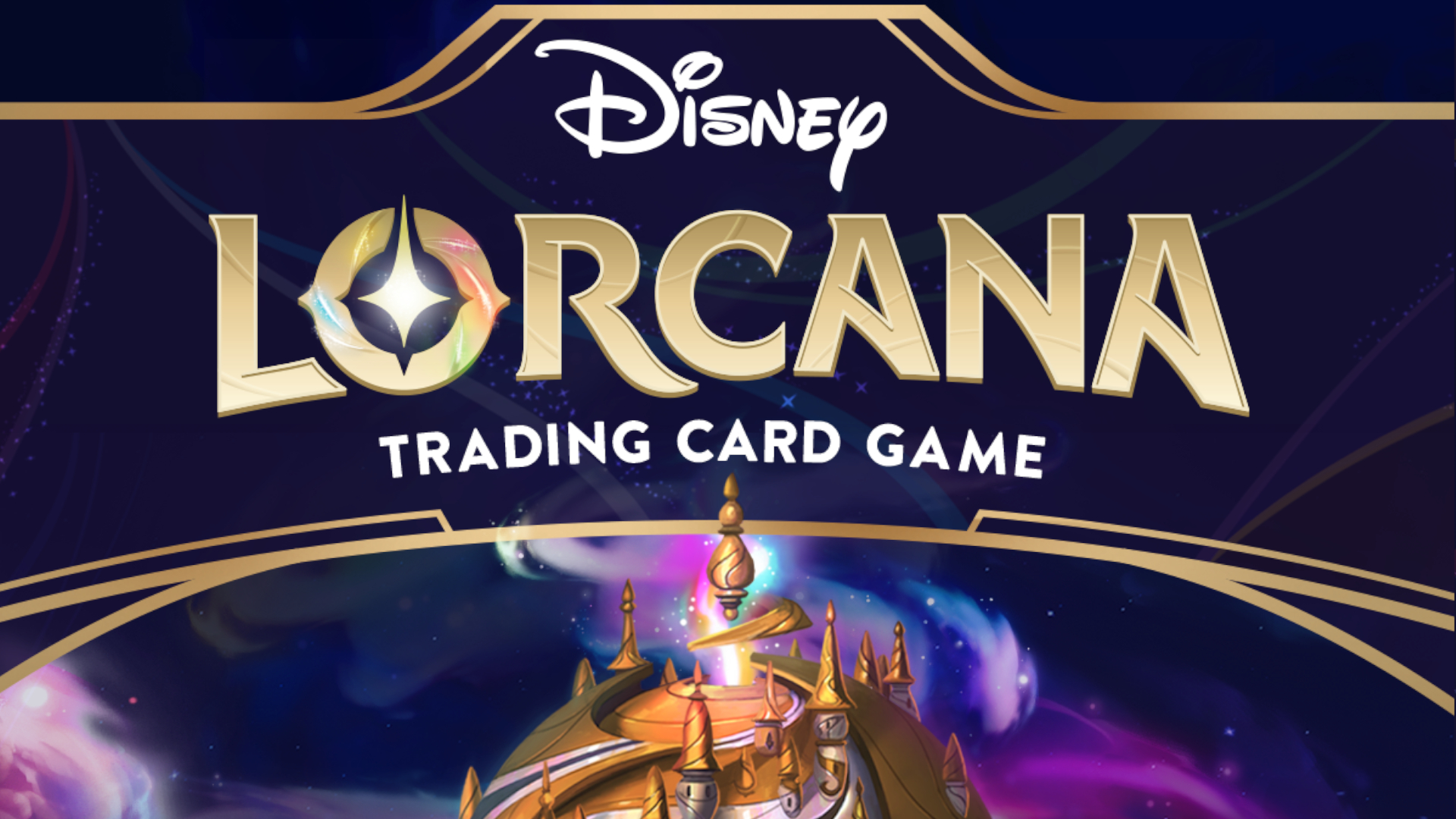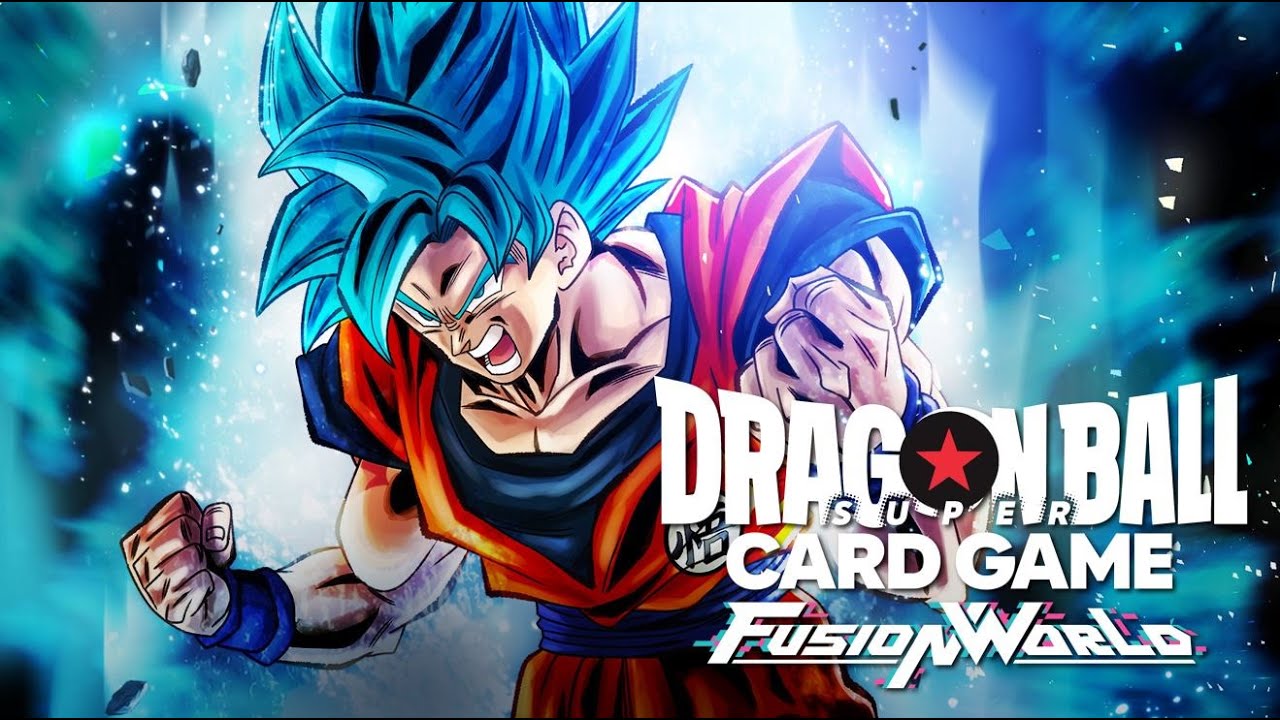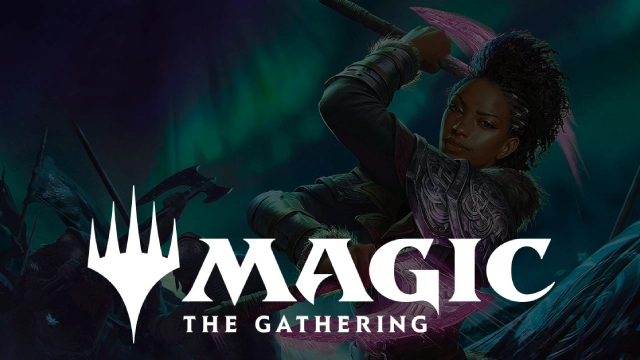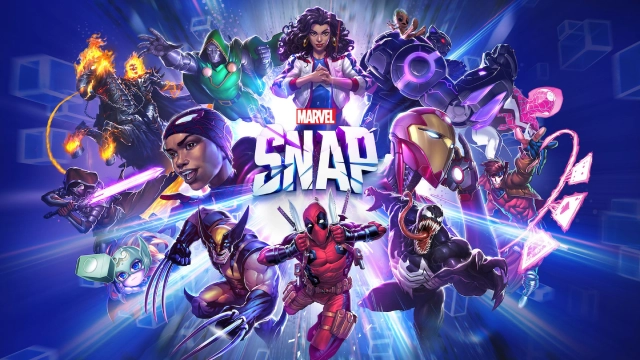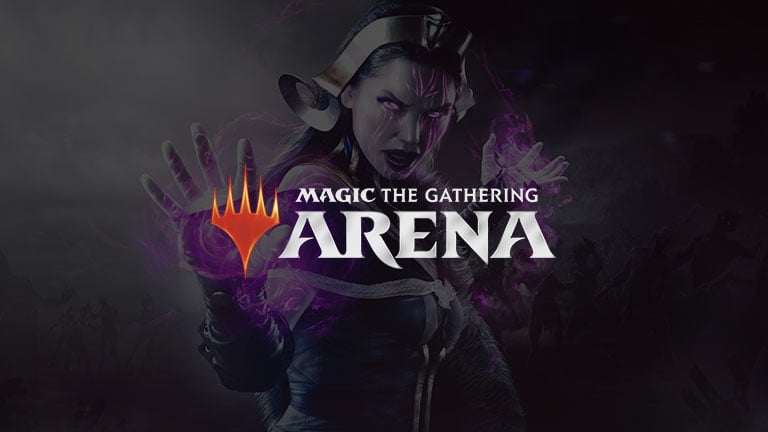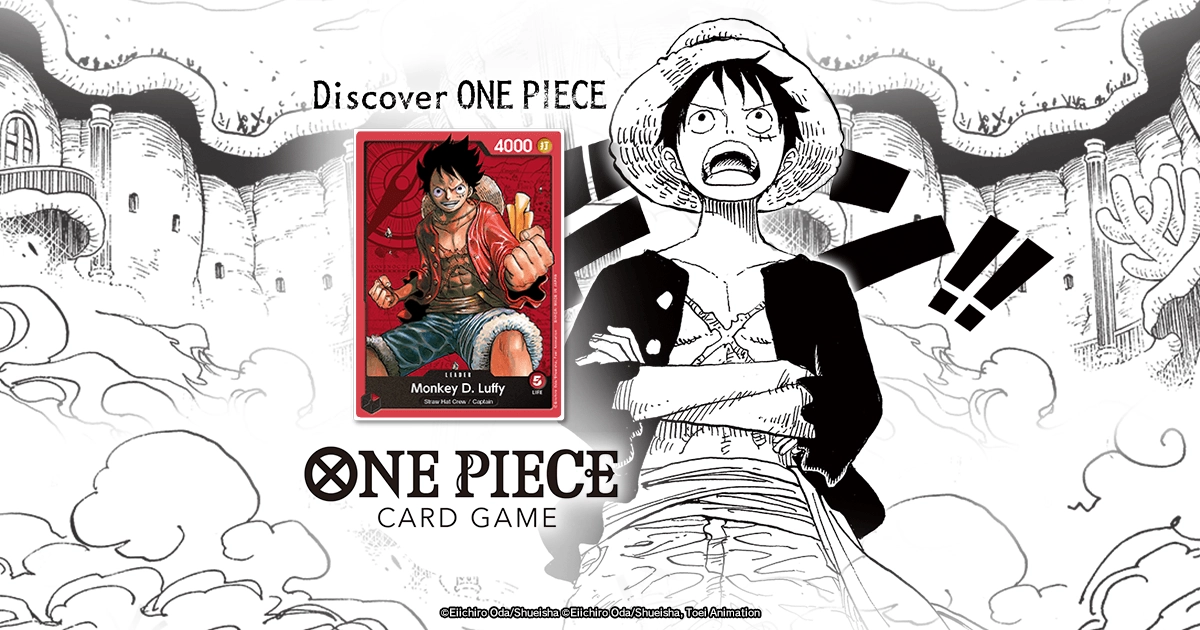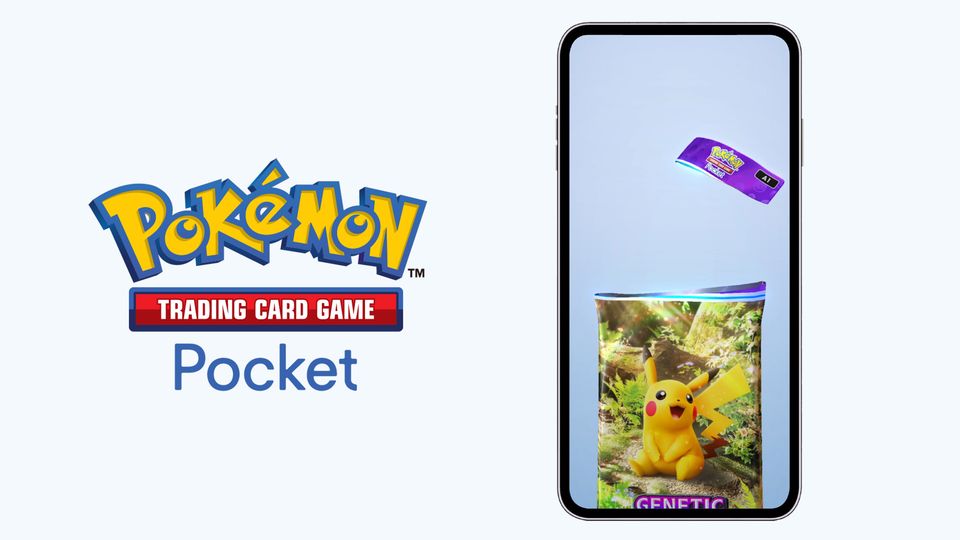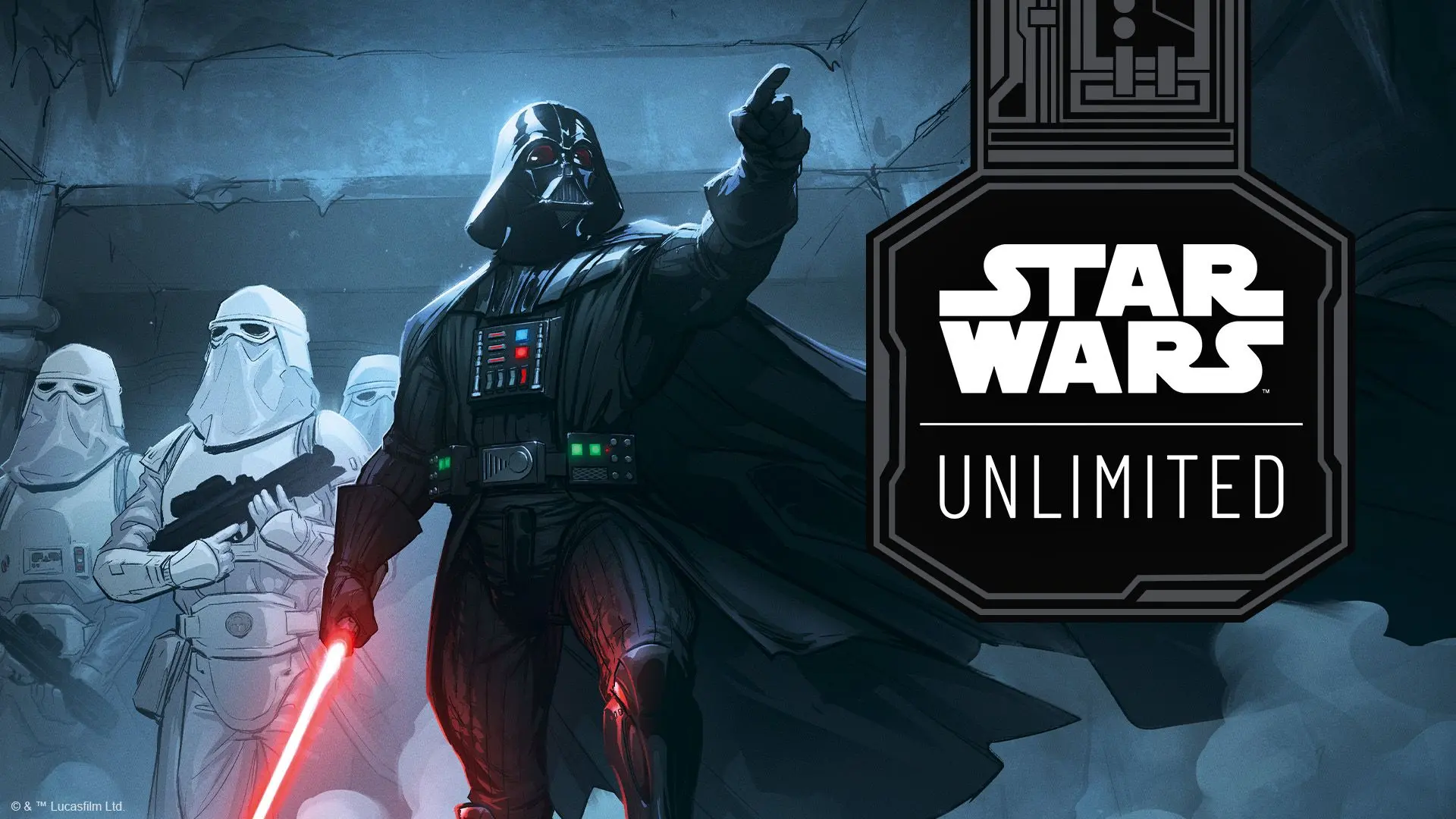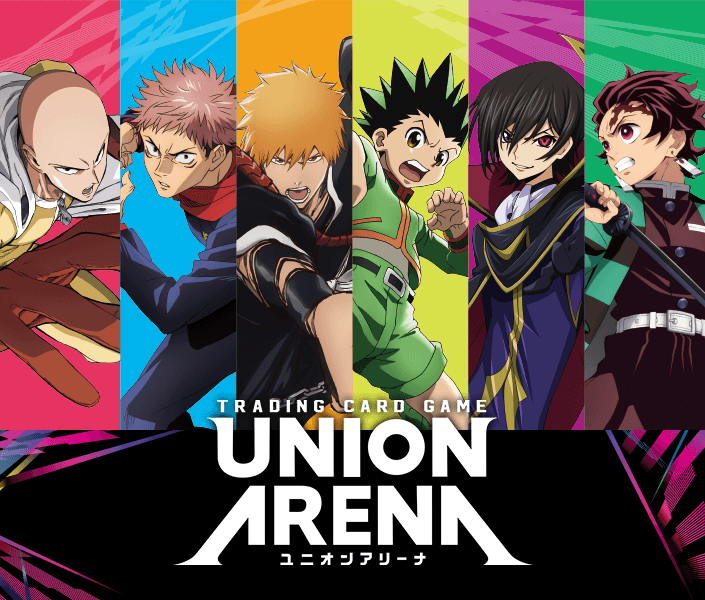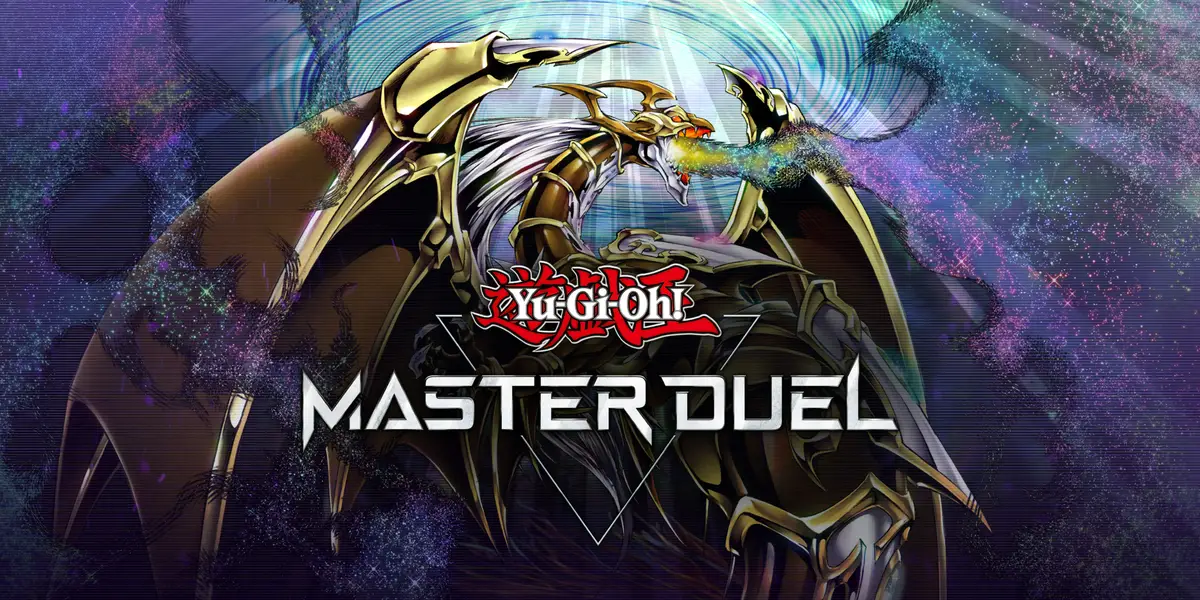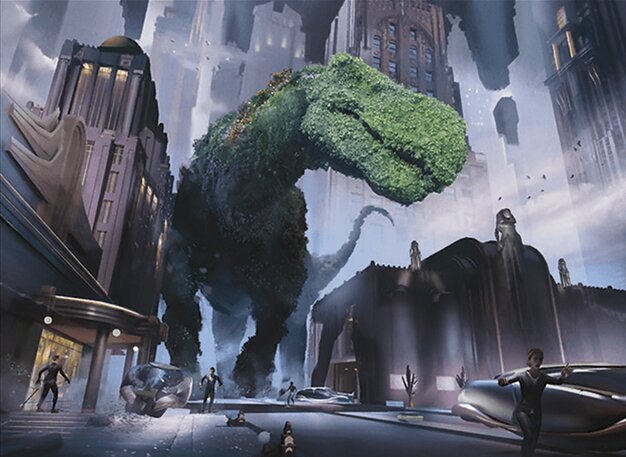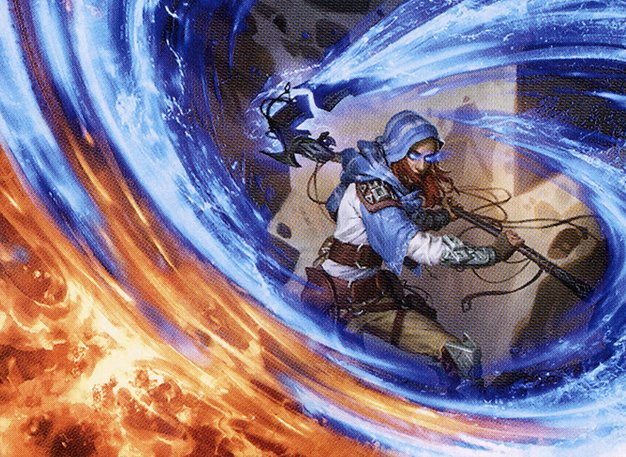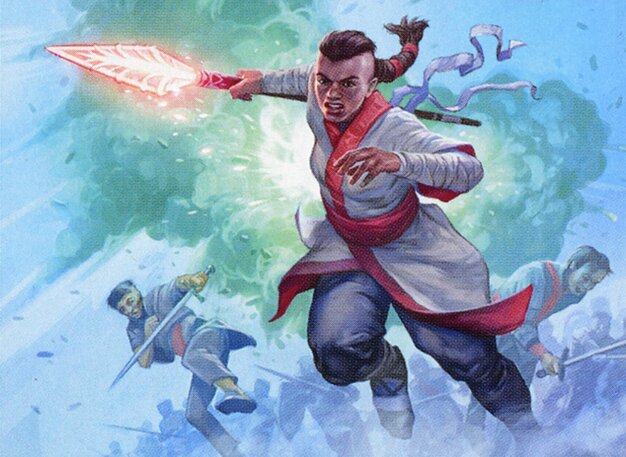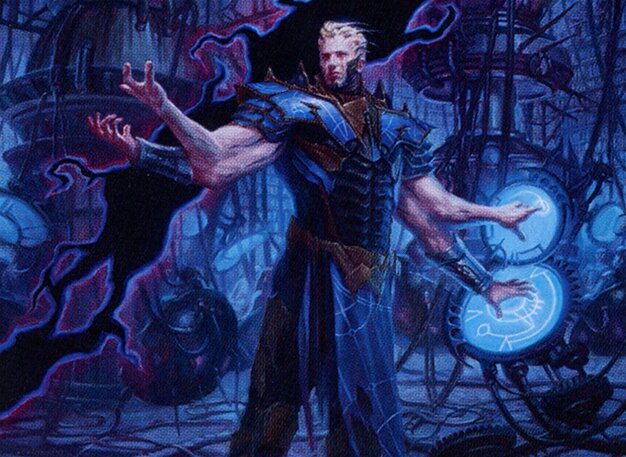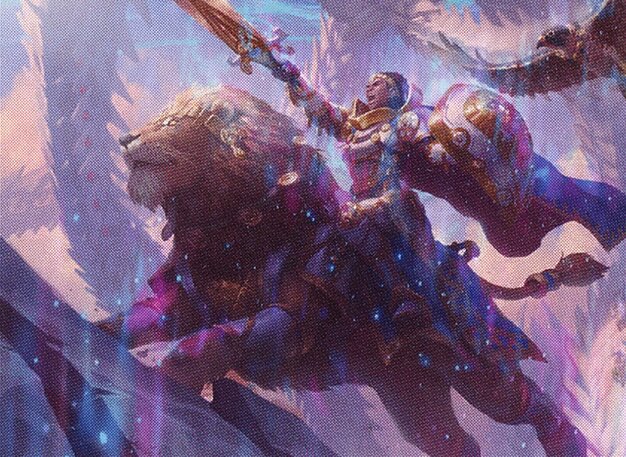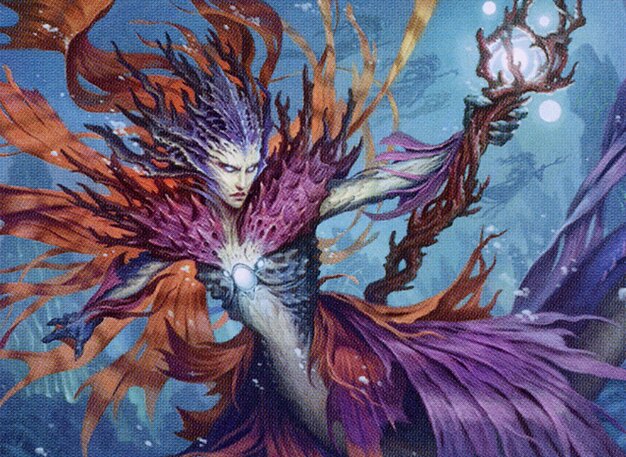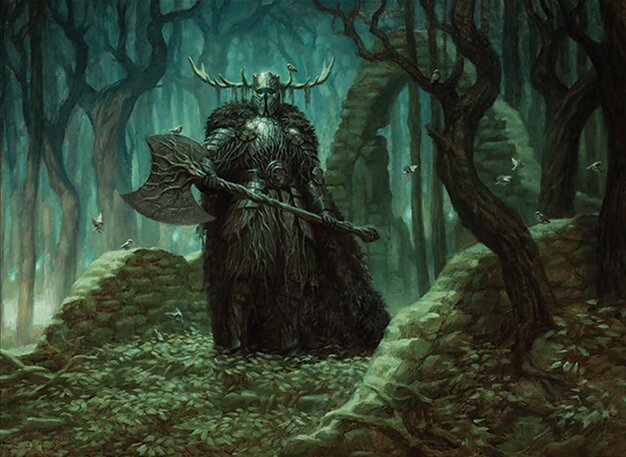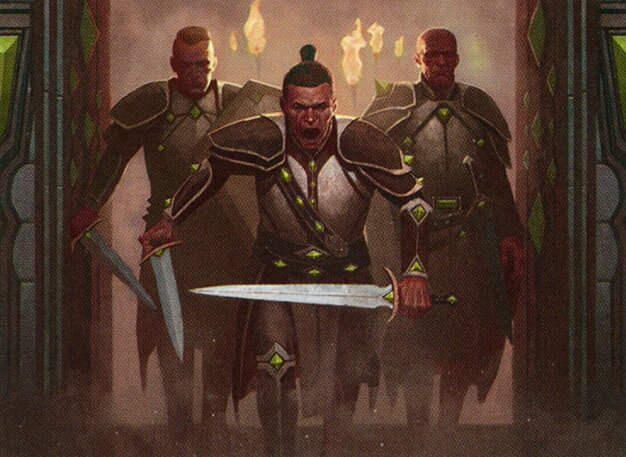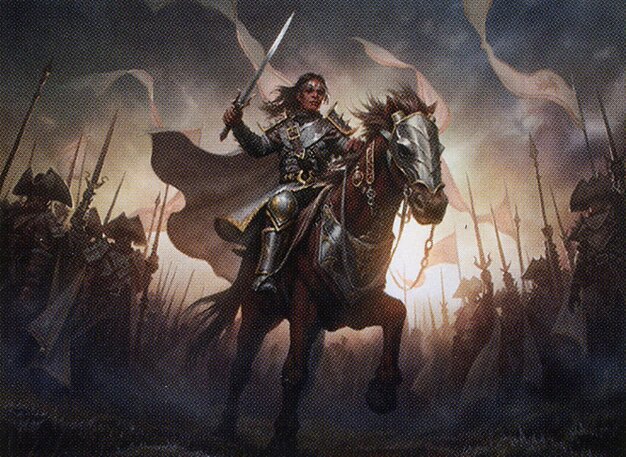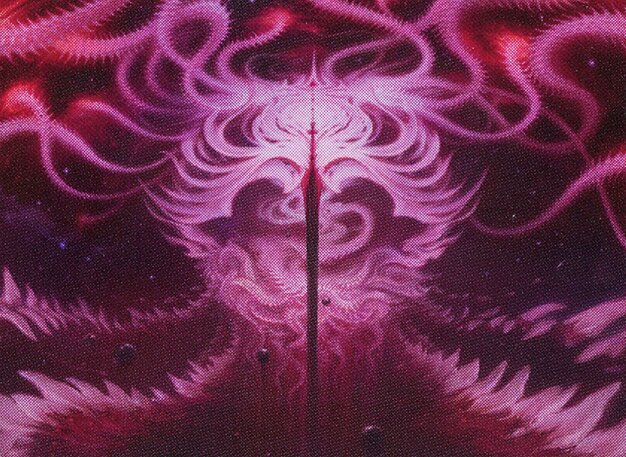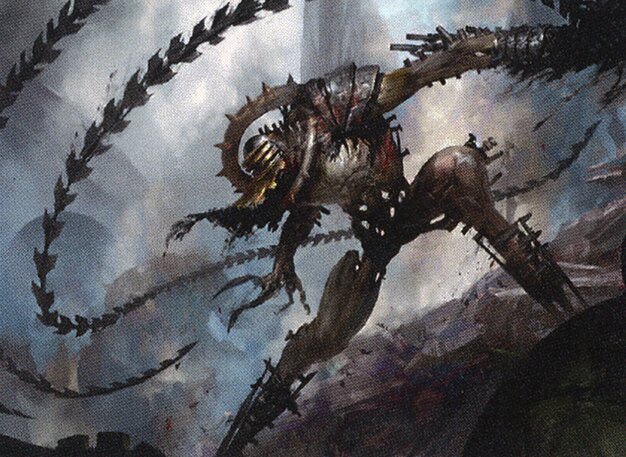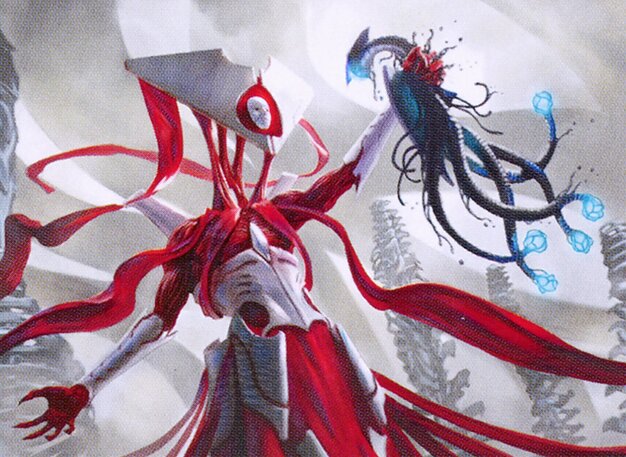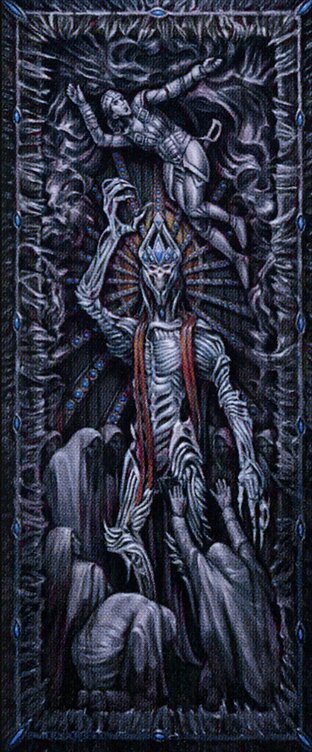Standard Metagame
Table of Contents
The best Magic: The Gathering decks in the metagame for the Standard format, for both Best of One (Bo1) and Best of Three (Bo3). Our metagame data is provided by MTGArena.pro (for MTG Arena) and MTG Meta (tournaments), and the tier list and rankings are carefully curated based on a variety of factors and sources by our expert players.
Standard Best of One (Bo1) Meta Tier List
| Tier | Deck Name |
|---|---|
| Tier 1 | Mono-White Humans 🔼 |
| Tier 1 | 4-Color Reanimate 🆕 |
| Tier 1 | Mono-Red Prowess 🆕 |
| Tier 1 | Mono-Red Aggro 🔽 |
| Tier 1 | Selesnya Enchantments 🔽 |
| Tier 1 | Rakdos Aggro 🆕 |
| Tier 1 | Boros Convoke 🔼 |
| Tier 2 | Boros Heroic 🆕 |
| Tier 2 | Mono-Black Skeletons 🆕 |
| Tier 2 | Temur Ramp 🆕 |
| Tier 2 | Temur Prowess 🆕 |
| Tier 2 | Azorius Control 🔽 |
| Tier 2 | Bant Toxic 🔽 |
| Tier 2 | Mono-Blue Tempo 🔽 |
| Tier 2 | Izzet Prowess 🆕 |
| Tier 3 | Mono-Black Aggro |
| Tier 3 | Orzhov Amalia 🔽 |
| Tier 3 | Naya Discover 🆕 |
Standard Best of Three (Bo3) Meta Tier List
| Tier | Deck Name |
|---|---|
| Tier 1 | 5-Color Domain 🔼 |
| Tier 1 | Esper Midrange 🔼 |
| Tier 1 | Boros Convoke |
| Tier 1 | Dimir Midrange 🔼 |
| Tier 2 | Simic Artifacts 🔽 |
| Tier 2 | Golgari Midrange 🔽 |
| Tier 2 | Temur Prowess 🆕 |
| Tier 2 | Mono-Black Skeletons 🆕 |
| Tier 2 | Temur Ramp 🔽 |
| Tier 3 | Boros Heroic 🆕 |
| Tier 3 | Golgari Legends 🆕 |
Metagame Matchup Matrix
standard
29 May 2023 - 22 Apr 2024
scroll right 
vs
domain ramp
vs
esper midrange
vs
mono-red aggro
vs
dimir midrange
vs
azorius soldiers
vs
other
vs
golgari midrange
vs
esper control
vs
mono-white aggro
vs
azorius control
vs
boros aggro
vs
rakdos breach
vs
orzhov midrange
vs
mono-black midrange
vs
esper legends
vs
azorius midrange
vs
selesnya enchantments
vs
rakdos midrange
vs
selesnya toxic
vs
reanimator
vs
bant toxic
-
54.1%
305 matches
49.3%
140 matches
50.0%
96 matches
44.4%
99 matches
61.1%
162 matches
72.3%
137 matches
49.4%
81 matches
65.2%
46 matches
46.1%
89 matches
49.6%
135 matches
57.1%
98 matches
66.7%
45 matches
64.5%
31 matches
63.2%
38 matches
57.9%
76 matches
82.8%
29 matches
77.8%
36 matches
43.2%
37 matches
36.4%
22 matches
12.1%
33 matches
45.9%
305 matches
-
64.1%
117 matches
61.5%
65 matches
43.5%
85 matches
61.3%
160 matches
53.3%
105 matches
57.1%
56 matches
54.5%
33 matches
48.5%
68 matches
56.6%
145 matches
59.4%
69 matches
37.0%
27 matches
50.0%
10 matches
64.3%
28 matches
55.8%
77 matches
42.9%
21 matches
71.4%
21 matches
50.0%
36 matches
65.4%
26 matches
23.3%
30 matches
50.7%
140 matches
35.9%
117 matches
-
67.4%
46 matches
41.0%
39 matches
53.4%
118 matches
40.8%
71 matches
54.5%
33 matches
44.4%
27 matches
58.3%
48 matches
45.1%
71 matches
49.0%
49 matches
41.7%
24 matches
0.0%
5 matches
45.5%
22 matches
62.5%
24 matches
46.2%
13 matches
37.5%
16 matches
50.0%
20 matches
50.0%
14 matches
53.3%
15 matches
50.0%
96 matches
38.5%
65 matches
32.6%
46 matches
-
50.0%
20 matches
55.8%
86 matches
51.7%
29 matches
63.6%
33 matches
18.2%
11 matches
50.0%
36 matches
39.0%
59 matches
47.5%
40 matches
45.0%
20 matches
43.5%
23 matches
55.0%
20 matches
35.7%
14 matches
41.2%
17 matches
58.3%
12 matches
36.8%
19 matches
84.6%
13 matches
25.0%
8 matches
55.6%
99 matches
56.5%
85 matches
59.0%
39 matches
50.0%
20 matches
-
65.2%
23 matches
62.1%
29 matches
80.0%
10 matches
41.7%
12 matches
61.5%
13 matches
38.5%
13 matches
75.0%
8 matches
46.2%
13 matches
16.7%
6 matches
69.2%
13 matches
38.5%
13 matches
27.3%
11 matches
33.3%
9 matches
50.0%
2 matches
33.3%
3 matches
80.0%
5 matches
38.9%
162 matches
38.8%
160 matches
46.6%
118 matches
44.2%
86 matches
34.8%
23 matches
-
31.5%
73 matches
47.7%
44 matches
20.0%
20 matches
48.4%
62 matches
37.0%
100 matches
37.5%
64 matches
42.3%
26 matches
25.0%
8 matches
36.8%
19 matches
45.5%
33 matches
55.6%
9 matches
50.0%
12 matches
31.6%
38 matches
40.0%
15 matches
37.5%
16 matches
27.7%
137 matches
46.7%
105 matches
59.2%
71 matches
48.3%
29 matches
37.9%
29 matches
68.5%
73 matches
-
50.0%
28 matches
60.0%
25 matches
29.6%
27 matches
43.1%
51 matches
62.9%
35 matches
52.9%
17 matches
50.0%
6 matches
50.0%
12 matches
53.8%
26 matches
61.5%
13 matches
55.0%
20 matches
69.2%
13 matches
75.0%
12 matches
42.9%
14 matches
50.6%
81 matches
42.9%
56 matches
45.5%
33 matches
36.4%
33 matches
20.0%
10 matches
52.3%
44 matches
50.0%
28 matches
-
55.6%
9 matches
37.9%
29 matches
51.6%
31 matches
58.8%
17 matches
65.4%
26 matches
50.0%
34 matches
46.2%
13 matches
22.2%
9 matches
75.0%
16 matches
50.0%
14 matches
55.6%
9 matches
40.0%
5 matches
100.0%
1 matches
34.8%
46 matches
45.5%
33 matches
55.6%
27 matches
81.8%
11 matches
58.3%
12 matches
80.0%
20 matches
40.0%
25 matches
44.4%
9 matches
-
40.0%
10 matches
33.3%
9 matches
60.0%
5 matches
27.3%
11 matches
36.4%
11 matches
43.8%
16 matches
40.0%
5 matches
53.8%
13 matches
50.0%
4 matches
66.7%
3 matches
100.0%
1 matches
-
53.9%
89 matches
51.5%
68 matches
41.7%
48 matches
50.0%
36 matches
38.5%
13 matches
51.6%
62 matches
70.4%
27 matches
62.1%
29 matches
60.0%
10 matches
-
55.6%
45 matches
52.4%
21 matches
57.9%
19 matches
53.8%
13 matches
60.0%
10 matches
16.7%
6 matches
83.3%
6 matches
53.3%
15 matches
44.4%
18 matches
77.8%
9 matches
33.3%
6 matches
50.4%
135 matches
43.4%
145 matches
54.9%
71 matches
61.0%
59 matches
61.5%
13 matches
63.0%
100 matches
56.9%
51 matches
48.4%
31 matches
66.7%
9 matches
44.4%
45 matches
-
51.4%
37 matches
71.4%
14 matches
100.0%
1 matches
44.4%
9 matches
63.0%
27 matches
37.5%
8 matches
28.6%
7 matches
80.0%
30 matches
33.3%
15 matches
60.0%
5 matches
42.9%
98 matches
40.6%
69 matches
51.0%
49 matches
52.5%
40 matches
25.0%
8 matches
62.5%
64 matches
37.1%
35 matches
41.2%
17 matches
40.0%
5 matches
47.6%
21 matches
48.6%
37 matches
-
42.9%
7 matches
100.0%
3 matches
16.7%
6 matches
50.0%
16 matches
100.0%
1 matches
50.0%
12 matches
50.0%
10 matches
33.3%
12 matches
45.5%
22 matches
33.3%
45 matches
63.0%
27 matches
58.3%
24 matches
55.0%
20 matches
53.8%
13 matches
57.7%
26 matches
47.1%
17 matches
34.6%
26 matches
72.7%
11 matches
42.1%
19 matches
28.6%
14 matches
57.1%
7 matches
-
81.8%
11 matches
46.7%
15 matches
16.7%
6 matches
50.0%
8 matches
50.0%
8 matches
50.0%
6 matches
100.0%
3 matches
66.7%
3 matches
35.5%
31 matches
50.0%
10 matches
100.0%
5 matches
56.5%
23 matches
83.3%
6 matches
75.0%
8 matches
50.0%
6 matches
50.0%
34 matches
63.6%
11 matches
46.2%
13 matches
0.0%
1 matches
0.0%
3 matches
18.2%
11 matches
-
70.0%
10 matches
0.0%
1 matches
77.8%
9 matches
85.7%
7 matches
-
100.0%
1 matches
100.0%
1 matches
36.8%
38 matches
35.7%
28 matches
54.5%
22 matches
45.0%
20 matches
30.8%
13 matches
63.2%
19 matches
50.0%
12 matches
53.8%
13 matches
56.3%
16 matches
40.0%
10 matches
55.6%
9 matches
83.3%
6 matches
53.3%
15 matches
30.0%
10 matches
-
75.0%
4 matches
44.4%
9 matches
50.0%
4 matches
100.0%
1 matches
100.0%
2 matches
66.7%
3 matches
42.1%
76 matches
44.2%
77 matches
37.5%
24 matches
64.3%
14 matches
61.5%
13 matches
54.5%
33 matches
46.2%
26 matches
77.8%
9 matches
60.0%
5 matches
83.3%
6 matches
37.0%
27 matches
50.0%
16 matches
83.3%
6 matches
100.0%
1 matches
25.0%
4 matches
-
75.0%
4 matches
83.3%
6 matches
50.0%
6 matches
33.3%
6 matches
33.3%
3 matches
17.2%
29 matches
57.1%
21 matches
53.8%
13 matches
58.8%
17 matches
72.7%
11 matches
44.4%
9 matches
38.5%
13 matches
25.0%
16 matches
46.2%
13 matches
16.7%
6 matches
62.5%
8 matches
0.0%
1 matches
50.0%
8 matches
22.2%
9 matches
55.6%
9 matches
25.0%
4 matches
-
42.9%
7 matches
50.0%
4 matches
100.0%
1 matches
50.0%
2 matches
22.2%
36 matches
28.6%
21 matches
62.5%
16 matches
41.7%
12 matches
66.7%
9 matches
50.0%
12 matches
45.0%
20 matches
50.0%
14 matches
50.0%
4 matches
46.7%
15 matches
71.4%
7 matches
50.0%
12 matches
50.0%
8 matches
14.3%
7 matches
50.0%
4 matches
16.7%
6 matches
57.1%
7 matches
-
66.7%
3 matches
66.7%
3 matches
33.3%
3 matches
56.8%
37 matches
50.0%
36 matches
50.0%
20 matches
63.2%
19 matches
50.0%
2 matches
68.4%
38 matches
30.8%
13 matches
44.4%
9 matches
33.3%
3 matches
55.6%
18 matches
20.0%
30 matches
50.0%
10 matches
50.0%
6 matches
-
0.0%
1 matches
50.0%
6 matches
50.0%
4 matches
33.3%
3 matches
-
66.7%
3 matches
40.0%
5 matches
63.6%
22 matches
34.6%
26 matches
50.0%
14 matches
15.4%
13 matches
66.7%
3 matches
60.0%
15 matches
25.0%
12 matches
60.0%
5 matches
0.0%
1 matches
22.2%
9 matches
66.7%
15 matches
66.7%
12 matches
0.0%
3 matches
0.0%
1 matches
0.0%
2 matches
66.7%
6 matches
0.0%
1 matches
33.3%
3 matches
33.3%
3 matches
-
0.0%
2 matches
87.9%
33 matches
76.7%
30 matches
46.7%
15 matches
75.0%
8 matches
20.0%
5 matches
62.5%
16 matches
57.1%
14 matches
0.0%
1 matches
-
66.7%
6 matches
40.0%
5 matches
54.5%
22 matches
33.3%
3 matches
0.0%
1 matches
33.3%
3 matches
66.7%
3 matches
50.0%
2 matches
66.7%
3 matches
60.0%
5 matches
100.0%
2 matches
-
vs
domain ramp
vs
esper midrange
vs
mono-red aggro
vs
dimir midrange
vs
azorius soldiers
vs
other
vs
golgari midrange
vs
esper control
vs
mono-white aggro
vs
azorius control
vs
boros aggro
vs
rakdos breach
vs
orzhov midrange
vs
mono-black midrange
vs
esper legends
vs
azorius midrange
vs
selesnya enchantments
vs
rakdos midrange
vs
selesnya toxic
vs
reanimator
vs
bant toxic
Premium >
Enjoy our content? Wish to support our work? Join our Premium community, get access to exclusive content, remove all advertisements, and more!
- No ads: Browse the entire website ad-free, both display and video.
- Exclusive Content: Instant access to all exclusive articles only for Premium members, at your fingertips.
- Support: All your contributions get directly reinvested into the website to increase your viewing experience!
- Discord: Join our Discord server, claim your Premium role and gain access to exclusive channels where you can learn in real time!
- Special offer: For a limited time, use coupon code L95WR9JOWV to get 50% off the Annual plan!
